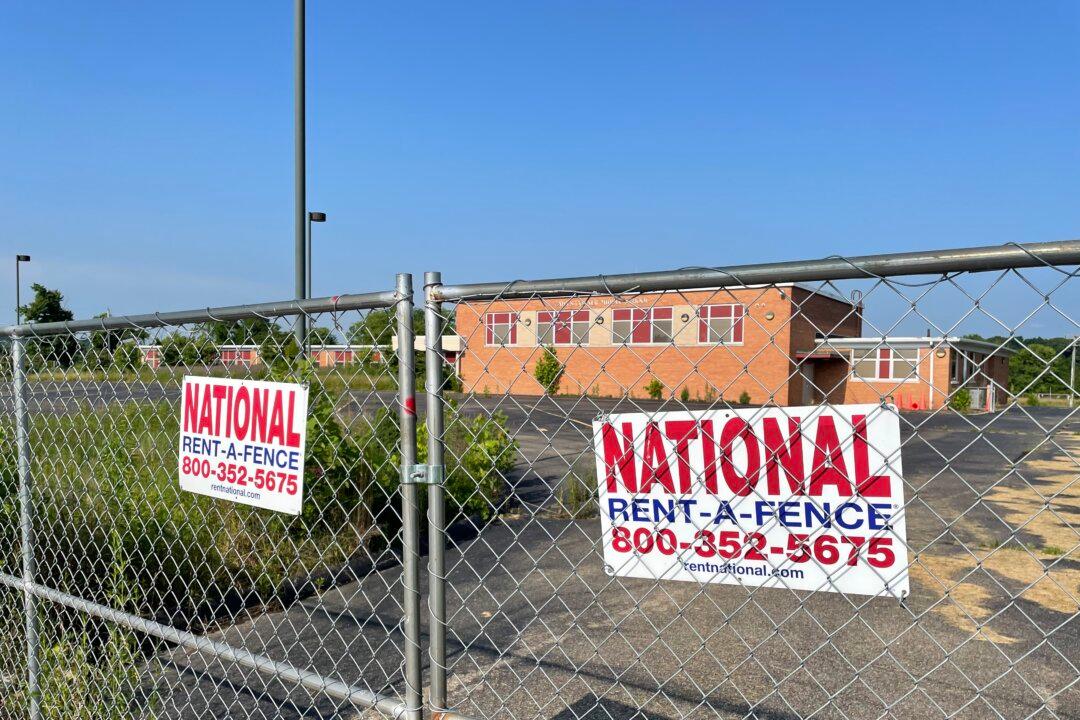The Hawaii Department of Health has ordered the Navy to suspend operations and empty the underground tanks at its Red Hill Bulk Fuel Storage Facility, putting the U.S. military at odds with state and local officials.
Constructed in the early 1940s in a volcanic ridge near Pearl Habor, the Red Hill Bulk Fuel Storage Facility plays a crucial role in maintaining the Navy’s Pacific Fleet. Consisting of 20 steel-lined tanks encased in concrete and built into cavities inside Red Hill, the complex can store up to 250 million gallons of fuel.




